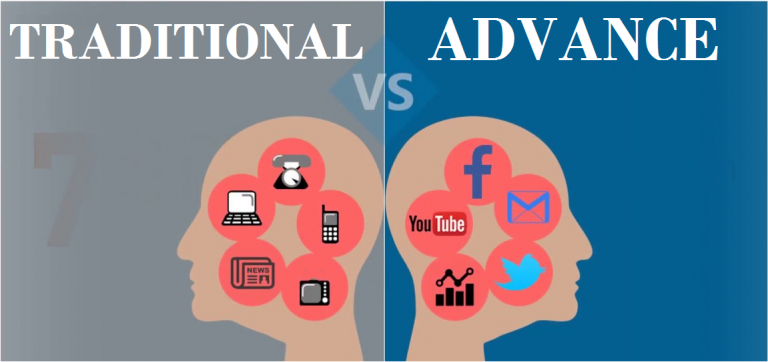How to use machine learning in customer service
In the field of customer service, machine learning is used to provide a higher level of convenience to customers and efficiency to support agents. Support-focused customer analytics tools, powered by machine learning, are increasingly used in a wide variety of industries due to their increased ease of use and successful application. Gartner predicts that by 2021, 15% of customer service interactions will be fully handled through artificial intelligence.
While it’s growing in popularity, there is still a lot of debate about whether artificial intelligence, more specifically machine learning, fits well with the customer service aspect we understand. So, let’s clarify it here.
Provide data insight
First of all, to give a simple definition, machine learning is a kind of artificial intelligence that “learns” from the data being processed using layers of algorithms. Artificial intelligence is a generic term for simulating human intelligence, whereas machine learning deals with how machines acquire information, understand the rules of how information is used, and become better equipped over time.
Also Read: 5 Best Technologies at the Service of Man
Successful machine learning applications apply to areas that process large amounts of data. This is because it is necessary when making decisions based on learning is the ultimate goal. Humans don’t have enough capacity to process constant data streams like algorithms. In general, humans do things better, such as dealing directly with disgruntled customers. To increase the efficiency of customer service, it is better to get insights from the data when real support agents are available.
Machine learning in the field of customer service takes these ideas further. This approach applies the insights you discover in a way that optimizes the customer experience . This means that support agents can get more information (through predictive analytics, etc.) or be more efficient (e.g., using AI-powered tools to handle customer issues on their own that need to be improved).
Focus on self-service
Self-service is when a customer finds the support they need and then resolves a problem by interacting with a real agent. According to a survey, 81% of customers say they prefer to solve problems on their own rather than talking to a support agent . Therefore, many companies are increasing self-service offerings as a way to provide a better customer experience. One of the easiest ways to provide self-service is to build a knowledge base.
Self-service has become the most common use case for machine learning applications. Chatbots, virtual assistants, and many other AI-powered tools can “learn” and simulate interactions with customer service agents. Some of these applications take advantage of advanced machine learning, deep learning, to continue to improve, resulting in more accurate and useful automated support to users.
How to use machine learning in customer service
Chatbot
A chatbot is a word that many people think of when talking about AI technology in customer service. Chatbots are effective self-service solutions that simulate interactions with customer service representatives and have the ability to resolve simple inquiries. With machine learning, chatbots can learn when to use specific responses, when they need to gather the information they need from users when they need to deliver conversations to real agents.
Virtual Assistant
Virtual assistants differ from chatbots in that they do not simulate interactions with agents. Instead, it focuses on specific areas of the customer journey that can help them. Machine learning capabilities allow virtual assistants to learn the kinds of information they can pass to agents (or store for use in analytics programs) and increase the kind of support they provide. One example is Zendesk’s Answer Bot, which recommends help articles based on customer inquiries . You can also automate the way agents find help articles.
Content creation
Nearly 40% of customers claim that searching the knowledge base does not generate the help article they are looking for . With machine learning, data from support tickets can be analyzed and turned into actionable insights that agents can apply to help articles. These insights reveal how users describe the problem, and the similarity between that description and knowledge base content. After applying the recommendations, the agent adjusts the help article accordingly to make it more relevant and easier for customers to find.
Predictive analytics
Customer service needs measurable analytics for continuous optimization, and machine learning can help add predictive elements to some supporting analytics. Predictive Customer Service Analytics uses data from previous customer service interactions to determine future quantitative results. And , like Zendesk’s Satisfaction Prediction tool , which predicts a customer’s CSAT score, it works in real time to uncover insights that agents may miss. Gaining these insights can be very useful for customer service organizations looking to provide a better customer experience.







